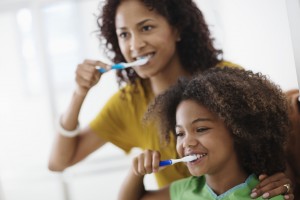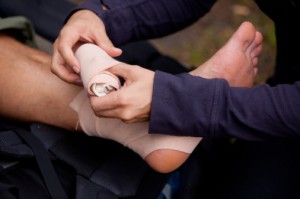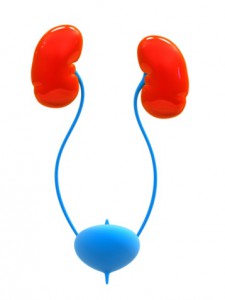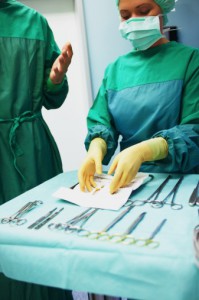3 Natural Ways to Whiten Your Teeth At Home
Without a doubt winter is the toughest season on our teeth, with all those coffees, teas and hot cocoa’s we drink to keep us warm. So how do you keep your pearly whites their whitest without breaking the bank? Here are three easy, natural and budget-friendly home remedies to keep your smile looking it’s best all through winter!
You will need your favorite toothpaste, 1 teaspoon of baking soda, 1 teaspoon of hydrogen peroxide, and half a teaspoon of water.
Mix these together and apply to your teeth with a standard toothbrush. Brush as normal. Use this remedy once a week until you reach your desired results. Once you have achieved sparkling teeth, try to limit yourself to using this remedy just once a month.
For a fruity take on whiter teeth, you can try mashing up a strawberry and mixing it with a small amount of baking soda to create your own whitening toothpaste. The acids in the strawberry work to polish and whiten your teeth. Limit this remedy to about once a month.
Rinsing your mouth with coconut oil (called ‘oil pulling’) is a unique, old, remedy that people swear by to help whiten teeth. It won’t make a difference by “bleaching” per say, but lauric acid in coconut oil can rid your teeth of bacteria found in plaque that can make them yellow. It is also supposed to promote gum health, and help keep your breath fresh.
You will need about a tablespoon of natural coconut oil. This can be found in health food markets if not available in your local supermarket.
Before you brush your teeth, scoop out a tablespoon or a little less (depending on the size of your mouth) of coconut oil. You can either soften it, or just put it in your mouth. Push, swish, and “pull” the oil through and around your teeth for 10-15 minutes, then spit it out, rinse with water, and brush your teeth.
Remember to brush after every meal and floss after snacks. Now that you have these teeth whitening tips you can be on your way to a brighter smile!
To schedule a dental appointment at Flushing Hospital, please call 718-670-5521.
All content of this newsletter is intended for general information purposes only and is not intended or implied to be a substitute for professional medical advice, diagnosis or treatment. Please consult a medical professional before adopting any of the suggestions on this page. You must never disregard professional medical advice or delay seeking medical treatment based upon any content of this newsletter. PROMPTLY CONSULT YOUR PHYSICIAN OR CALL 911 IF YOU BELIEVE YOU HAVE A MEDICAL EMERGENCY.



 “You can tell if someone has an eating disorder by looking at them,” “eating disorders are caused by a diet gone too far,” and “only young women are affected” are some of the popular misconceptions associated with eating disorders.
“You can tell if someone has an eating disorder by looking at them,” “eating disorders are caused by a diet gone too far,” and “only young women are affected” are some of the popular misconceptions associated with eating disorders. Incredible, perfectly spiced healthy chili made with lean ground turkey, kidney beans and corn. This version is simply the best if you are looking for a healthy and quick option. Here is what you will need to enjoy this recipe:
Incredible, perfectly spiced healthy chili made with lean ground turkey, kidney beans and corn. This version is simply the best if you are looking for a healthy and quick option. Here is what you will need to enjoy this recipe:
 How many times do you look in the mirror each day? Could you imagine not being able to use a mirror because you were afraid of it or seeing your reflection in it? For some people, this is a reality. Eisoptrophobia is a rare phobia, that causes sufferers to be irrationally fearful of mirrors or seeing themselves in a mirror.
How many times do you look in the mirror each day? Could you imagine not being able to use a mirror because you were afraid of it or seeing your reflection in it? For some people, this is a reality. Eisoptrophobia is a rare phobia, that causes sufferers to be irrationally fearful of mirrors or seeing themselves in a mirror.


